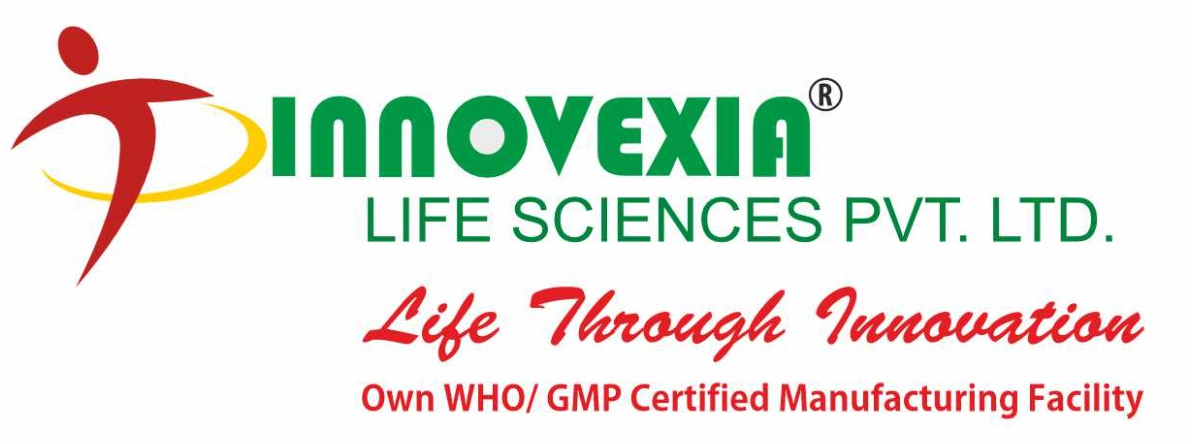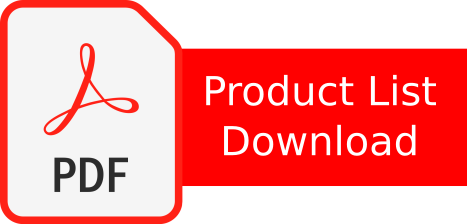Title: WHO and GMP Practices in the Indian Pharmaceutical Industry: Ensuring Quality and Safety
Abstract:
This comprehensive guide aims to provide a detailed explanation of the World Health Organization (WHO) and Good Manufacturing Practices (GMP) in the context of the Indian pharmaceutical industry. It explores the significance of WHO in setting global health standards and the role of GMP in ensuring the quality, safety, and efficacy of pharmaceutical products. The guide also discusses the implementation of WHO and GMP practices in the Indian pharma sector, covering topics such as regulatory framework, quality control, documentation, facility requirements, personnel training, and inspection procedures. By understanding and adhering to WHO and GMP practices, the Indian pharmaceutical industry can enhance its global reputation and contribute to public health.
Table of Contents:
1. Introduction
2. World Health Organization (WHO)
2.1. Overview and Objectives of WHO
2.2. WHO’s Role in Global Health Standards
2.3. Significance of WHO in the Pharmaceutical Industry
3. Good Manufacturing Practices (GMP)
3.1. Definition and Purpose of GMP
3.2. Key Principles of GMP
3.3. Importance of GMP in Ensuring Quality and Safety
4. Regulatory Framework for GMP in India
4.1. Central Drugs Standard Control Organization (CDSCO)
4.2. The Drug and Cosmetics Act and Rules
4.3. Role of State Drug Control Authorities
5. Quality Control and Quality Assurance
5.1. Quality Control Laboratories
5.2. Testing and Analysis of Raw Materials and Finished Products
5.3. Validation of Analytical Methods
5.4. Stability Studies
6. Documentation and Record-Keeping
6.1. Standard Operating Procedures (SOPs)
6.2. Batch Records and Documentation Practices
6.3. Change Control and Deviation Management
6.4. Documentation of Complaints and Adverse Drug Reactions (ADR)
7. Facility Requirements and Design
7.1. Infrastructure and Layout
7.2. Environmental Controls
7.3. Equipment Qualification and Calibration
7.4. Risk Assessment and Contamination Control
8. Personnel Training and Competency
8.1. Training Programs and Competency Assessment
8.2. Hygiene and Personal Protective Equipment (PPE)
8.3. Training for Specific Operations and Processes
8.4. Continued Professional Development
9. Internal Audits and Self-Inspection
9.1. Purpose and Benefits of Internal Audits
9.2. Self-Inspection Procedures
9.3. Corrective and Preventive Actions (CAPA)
9.4. Management Review
10. External Inspections and Regulatory Audits
10.1. Regulatory Authority Inspections
10.2. Conducting Mock Audits
10.3. Addressing Inspection Observations and Non-Compliance
10.4. Collaboration with Regulatory Authorities
11. Quality Risk Management
11.1. Risk Assessment and Mitigation Strategies
11.2. Quality Risk Management Tools and Techniques
11.3. Application of Risk Management in Pharmaceutical Manufacturing
11.4. Continuous Improvement and Lessons Learned
12. Conclusion
Introduction:
The introduction section provides an overview of the guide and the importance of WHO and GMP practices in the Indian pharmaceutical industry. It highlights their role in ensuring quality, safety
, and efficacy of pharmaceutical products.
World Health Organization (WHO):
This section explores the WHO’s objectives, its role in setting global health standards, and its significance in the pharmaceutical industry. It emphasizes WHO’s impact on public health and its collaboration with member countries.
Good Manufacturing Practices (GMP):
The GMP section defines GMP and its purpose in ensuring the quality and safety of pharmaceutical products. It outlines the key principles of GMP, including documentation, quality control, personnel training, and facility requirements.
Regulatory Framework for GMP in India:
This section discusses the regulatory framework for GMP in India, focusing on the Central Drugs Standard Control Organization (CDSCO), the Drug and Cosmetics Act and Rules, and the role of state drug control authorities. It explains the legal requirements and standards that pharmaceutical manufacturers must comply with.
Quality Control and Quality Assurance:
Quality control and quality assurance play a vital role in GMP compliance. This section explores quality control laboratories, testing and analysis of raw materials and finished products, validation of analytical methods, and stability studies.
Documentation and Record-Keeping:
Proper documentation and record-keeping are essential for GMP compliance. This section discusses the importance of standard operating procedures (SOPs), batch records, change control, deviation management, and documentation of complaints and adverse drug reactions.
Facility Requirements and Design:
Maintaining suitable facilities is crucial for GMP compliance. This section covers infrastructure and layout requirements, environmental controls, equipment qualification and calibration, and risk assessment and contamination control.
Personnel Training and Competency:
Well-trained and competent personnel are essential for GMP compliance. This section explores training programs, competency assessment, hygiene and personal protective equipment, and specialized training for specific operations and processes.
Internal Audits and Self-Inspection:
Internal audits and self-inspections help identify areas for improvement and ensure compliance. This section discusses the purpose and benefits of internal audits, self-inspection procedures, corrective and preventive actions, and management review.
External Inspections and Regulatory Audits:
Regulatory authority inspections are critical for GMP compliance. This section addresses external inspections, conducting mock audits, addressing inspection observations and non-compliance, and establishing collaborative relationships with regulatory authorities.
Quality Risk Management:
Quality risk management plays a crucial role in ensuring product quality and patient safety. This section explores risk assessment, mitigation strategies, quality risk management tools and techniques, and continuous improvement.
Conclusion:
The conclusion summarizes the key points discussed throughout the guide and emphasizes the significance of WHO and GMP practices in the Indian pharmaceutical industry. Adhering to these practices helps ensure the quality, safety, and efficacy of pharmaceutical products, enhancing the industry’s reputation and contributing to public health.
Note: While this outline provides an approximate word count, it may vary depending on the content written for each section.

